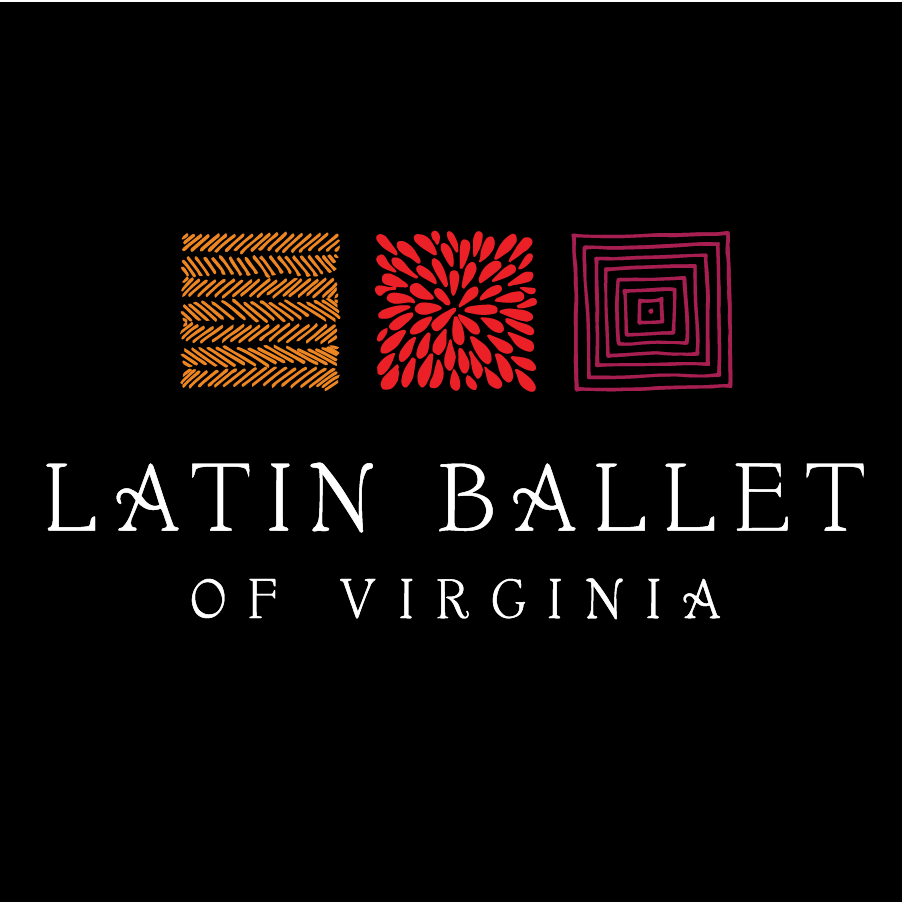Fiesta del Sol
A celebration of the culture and traditions of Central America
FIESTA DEL SOL CELEBRATES THE FOLKLORE, MYTHS, LEGENDS AND CULTURES FROM CENTRAL AMERICA AND THE CARIBBEAN
Fiesta del Sol celebrates the Caribbean wonderful melting pot of cultures with influences from Native communities, European colonizers and the great African culture that has marked the Caribbean with an incredible Caribbean history.
The Caribbean is a rainbow of colors that describes its people traditions and culture. A great mix of influences rooted in its rich heritage, shaped by its long history of colonization; a beautiful blend of native and colonial roots that has shaped the culture of each country, given birthplace to many rhythms and music genres that have spread throughout the world. Fiesta del Sol dances to the rhythms of Rumba, Salsa, Calypso, Merengue, Cumbia, Plena, Mambo, Danson, Soca, Bachata, Reggae, Reggaeton, Bomba.
Caribbean Historical Facts:
Way before the Europeans landed in the Caribbean islands, they were home to a native population of around 750,000 people composed of three groups: the Ciboney or Guanahuatebey, Taino Arawak, and Carib.
The 5th of December, 1492 Christopher Columbus discovered the island of Santo Domingo, giving the start of the Spanish colonization in the New World. The Spanish Empire claimed the Caribbean and most of Latin America. During the 1600s the British, French, and Dutch seized Caribbean territories from the Spanish empire. In the 1900s the US started colonizing parts of the Caribbean as well.
African culture has left an indelible stamp in Caribbean history. Between 1662 and 1807 Britain brought around three million Africans to the Caribbean who were sold as slaves to work in plantations. The African people brought with them their music, dance, rituals, cuisines, and customs when they moved to the islands. These were then forged and shaped further by their experiences under the colonizers. They created dances, songs, and chants as a means of expression which reflected their lives in the plantation. And their influence helped shaped the Caribbean’s unique culture.
Passed down through generations, Caribbean folklore originated in Africa and were introduced to the islands by the thousands of Africans who were brought to work in plantations during the time of the slavery.
While many countries in the Caribbean especially those colonized by Spain have remained Catholic, others practice many other religions. In Trinidad and Tobago and other areas with a large concentration of Indian immigrants, for instance, a quarter of the population practices Hinduism, while many of those in the British islands practice Protestantism.There’s also Santeria in Cuba that’s derived from Yoruba beliefs and rituals which include sacrificing an animal to the Yoruba deities, and the Rastafarian movement that originated in Jamaica in the 1930s.
Based on the region’s folklore and customs, Caribbean parades are known the world over for their loud music, invigorating dance moves, and vibrant outlandish costumes. They showcase the best aspects of the rich Caribbean culture and their people’s vibrant way of life. Each year different countries in the region host hundreds of festivals and carnivals following dedicated preparations. Carnival (Carnaval) street parties and parades are meant to celebrate and commemorate events in history. Music is an important part of these parades as well as glittering (and intricately-designed) costumes and colorful floats.
Thanks to World Atlas:
https://www.worldatlas.com/articles/10-fascinating-facts-about-caribbean-culture.html
